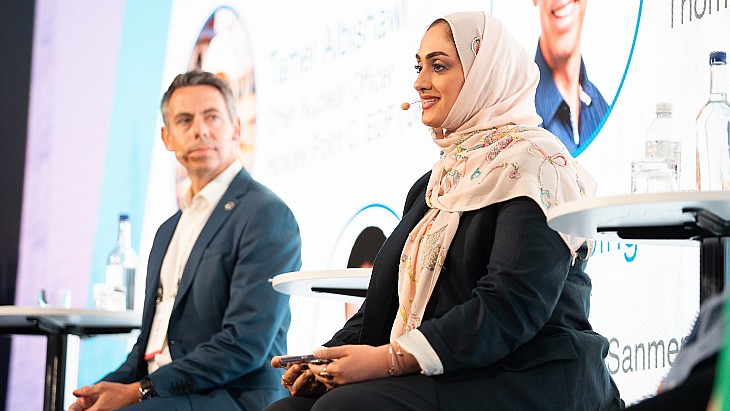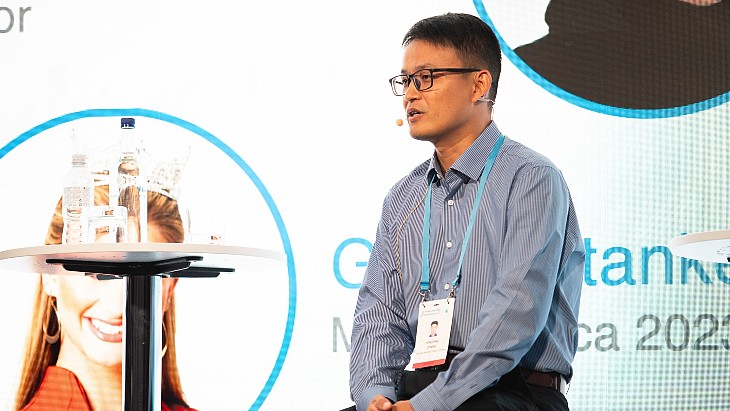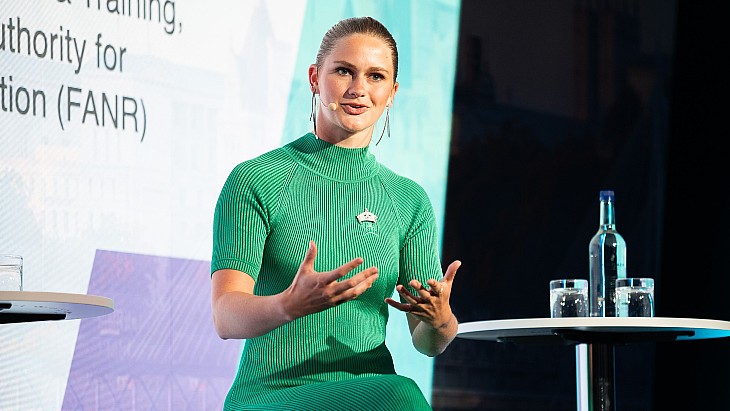Chevron LNG Workers Begin Strike
Workers at the Gorgon and Wheatstone liquefied natural gas projects offshore Australia will begin striking today after talks with the projects’ operator, Chevron fell through.
Talks have been going on for a couple of weeks now, eventually moving to mediation with the participation of the Australian Fair Work Commission.
The trade union alliance representing the workers, the Offshore Alliance, has repeatedly warned that it will cost Chevron billions if it rejects the workers’ demand.
"Despite the Offshore Alliance giving Chevron plenty of opportunity to sort out (bargaining agreements) ... they will finally be facing their day of reckoning," the trade union said earlier today.
Work stoppages at the Gorgon and Wheatstone facilities began at 5 a.m. GMT today and could last for up to 11 hours daily. The industrial action is scheduled to continue until September 14.
Reuters noted in a report that as the strikes begin, the two LNG facilities may need to be shut down, "if there are not competent personnel to undertake handovers during work stoppages," per the OA.
The two projects together account for about 5% of global LNG supply. While Chevron failed to reach a deal with the workers, sector player Woodside, the operator of Australia’s largest LNG facility, the North West Shelf, managed to strike a deal and avert a strike.
The three LNG facilities—the North West Shelf, Gorgon, and Wheatstone—represent a tenth of global LNG supply. The threat of strikes there lifted gas prices considerably and put Europeans on high alert ahead of the coming winter.
Australia, the world’s biggest LNG exporter currently, does not export directly to Europe but due to its size, any disruption in supply there reverberates across the global LNG market. This week prices have been on the rise again, on the news about Chevron. As industrial action begins, they will likely move higher still.
By Irina Slav for Oilprice.com
Strikes Begin at Chevron’s Australian LNG Operations After Talks Break Off
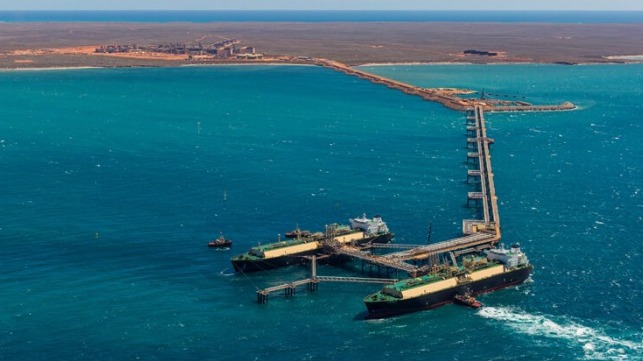
The first of the strikes began today at Chevron Australia’s LNG operations sending fears of potential repercussions in the global energy markets as the job actions are due to escalate over the next week. Chevron is one of the world’s largest producers and makes up a large part of Australia’s LNG supply, which is also the largest exporter in Asia.
The Offshore Alliance, which is made up of the Maritime Union of Australia and the Australian Workers Union, delayed the start of the scheduled strike for a day as mediated talks were continuing. Chevron had asked Australia’s Fair Work Commission to become involved in mediating talks this week after the company failed to win support for an Enterprise Agreement it presented to workers without the approval of the union. It was almost unanimously rejected leading to the talks which after five days reportedly also failed.
A company spokesperson told Reuters, "Unfortunately, following numerous meetings and conciliation sessions before the Fair Work Commission, we remain apart on key terms." The company said the unions were demanding terms "above and beyond" others in the industry.
The Offshore Alliance highlights that Chevron is the only one of the major producers that has failed to reach an agreement now that the government has permitted unions to again collectively negotiate contracts. Woodside had also been faced with a potential strike but after marathon sessions going to the deadline, they announced terms for a preliminary agreement last month. The union says it has bargained in good faith on its demands over wages, overtime, work rules, and job security.
Earlier in the week the union filed a notice that detailed its plans to increase the efforts over the coming week. The current strike will last up to 11 hours and in addition, the union can bar members from undertaking specific tasks. After these intermittent actions, the Offshore Alliance said it will start a two-week work stoppage on September 14 at Chevron’s operations.
Currently, no new talks are scheduled with the only thing both sides are agreeing on is that they remain far apart. Last year, the Offshore Alliance held out in a 71-day strike against Shell. Work was stopped on the massive Prelude offshore facility and only restarted in September 2022.
Australia is the primary supplier of gas to much of Asia. China and Japan are the two largest importers followed by South Korea and Taiwan. Chevron has been taking steps to increase output from the Gorgon and Wheatstone operations which are being impacted by the strike. They were already supplying at least five percent of global supply.
Traders fear if it becomes a prolonged job action, Asian buyers might be forced to start bidding against the Europeans who are also large imports from both the U.S. and Qatar. Dow Jones reported that prices on the European markets started up by nine percent this morning with Reuters saying intra-day prices were up as much as 12 percent. The U.S. price started the day up more than two percent.
Two-Week Strike Scheduled at Chevron Australia’s LNG Operations
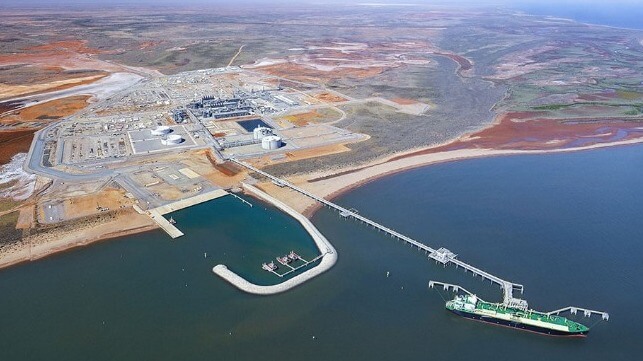
The contentious labor situation between Chevron Australia and the Offshore Alliance which represents more than 500 workers heated up further with the union announcing today it has served notice for a two-week strike scheduled to begin September 14. This comes as mediators are working all this week in an attempt to reach an agreement before the first limited job actions due to begin on Thursday, September 7.
Chevron Australia, which produces between five and seven percent of the world’s LNG supply from its Australia operations, says that it is looking for the current talks to “narrow the differences” while saying it does not believe a strike is necessary to resolve the issues. The Offshore Alliance, which is a combination of the Maritime Union of Australia and the Australian Workers Union, is escalating the fight against Chevron after reaching a preliminary agreement with Woodside and conducting a strike against Shell in 2022 to win a new collective bargaining agreement. Australia’s new government restored the rights of unions which led to the new round of negotiations for Enterprise Agreements.
“The Offshore Alliance is escalating Protected Industrial Action to demonstrate that our bargaining negotiations are far from 'intractable',” the union wrote in a new posting on social media today. They said their lawyers have notified Chevron that they will escalate work bans and the work stoppage in response to what they say is Chevron Australia’s “duplicitous claim,” about the negotiations.
Last week, Chevron attempted to bypass the union presenting what the company called a “market competitive” offer to the workers at the Gorgon and Wheatstone facilities in Western Australia. The Offshore Alliance reports that only four of the 518 workers voting accepted the terms in what it termed a “humiliating defeat” for Chevron.
After the workers voted down the proposal, Chevron asked Australia’s Fair Work Commission to mediate the negotiations. The mediated sessions began on Monday and are expected to continue each day this week. The union however is already critical of the process saying it is only for the onshore facilities not including the offshore platforms.
The Chevron facilities cover the gas needs of Western Australia and are major exporters primarily to Asia. Analysts speculated to Reuters that Asian buyers might begin to outbid European buyers to meet their LNG needs. Traders have been carefully watching the negotiations and potential impacts on the market. So far, both Bloomberg and Reuters report there has been little change in the price of LNG on world markets. Just over a year ago, the Offshore Alliance held out in a 71-day strike against Shell before terms were reached on the new union contract.
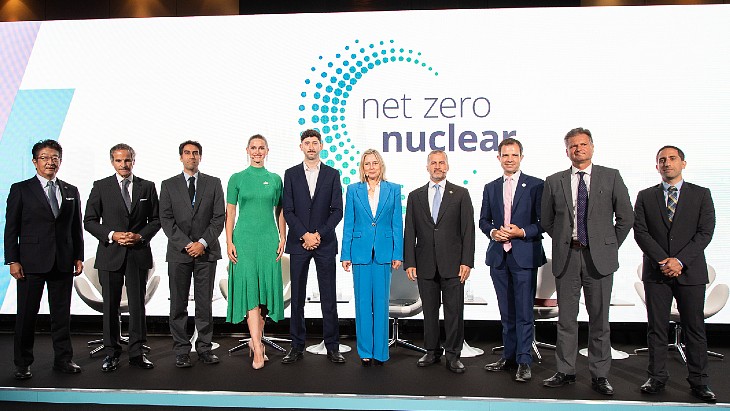 The launch took place in London (Image: World Nuclear Association)
The launch took place in London (Image: World Nuclear Association)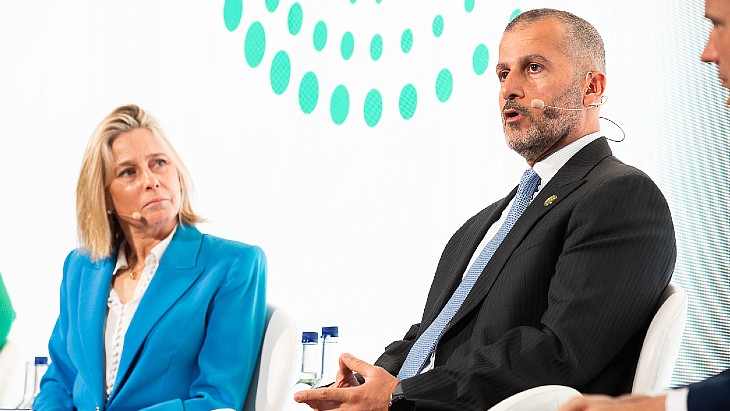 Al Hammadi and Bilbao y León discussed the aims of the initiative (Image: World Nuclear Association)
Al Hammadi and Bilbao y León discussed the aims of the initiative (Image: World Nuclear Association)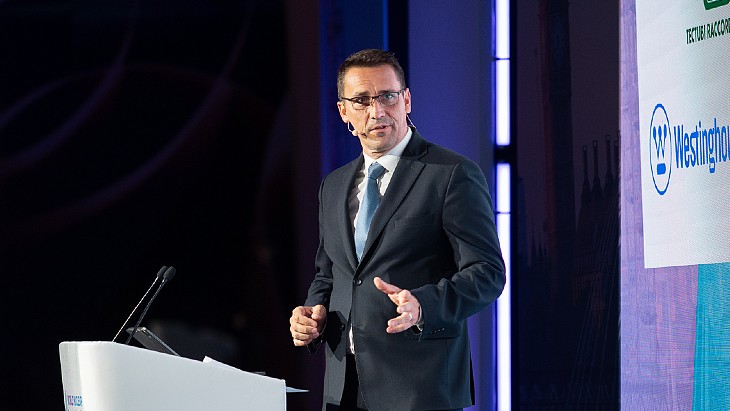 Zronek highlighted positive developments taking place (Image: World Nuclear Association)
Zronek highlighted positive developments taking place (Image: World Nuclear Association)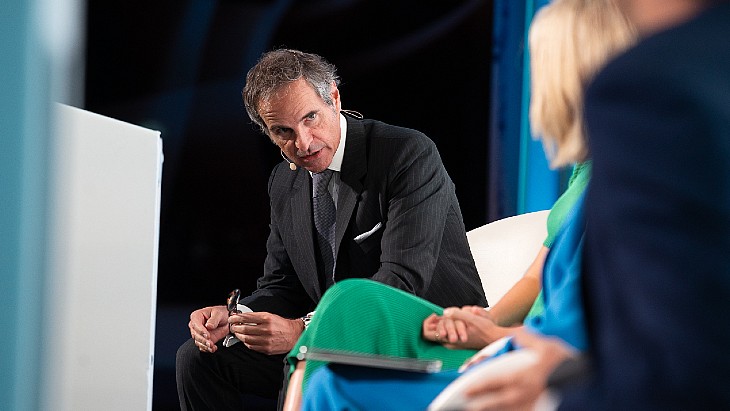 The IAEA's Grossi makes a point (Image: World Nuclear Association)
The IAEA's Grossi makes a point (Image: World Nuclear Association)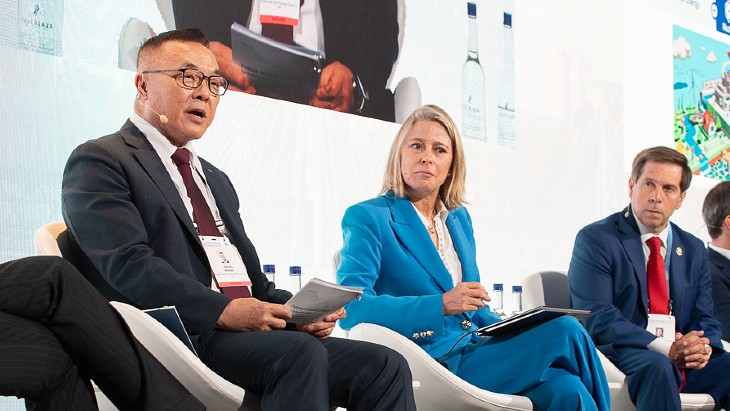 Whang, left, Bilbao y León and Fleischmann (Image: World Nuclear Association)
Whang, left, Bilbao y León and Fleischmann (Image: World Nuclear Association)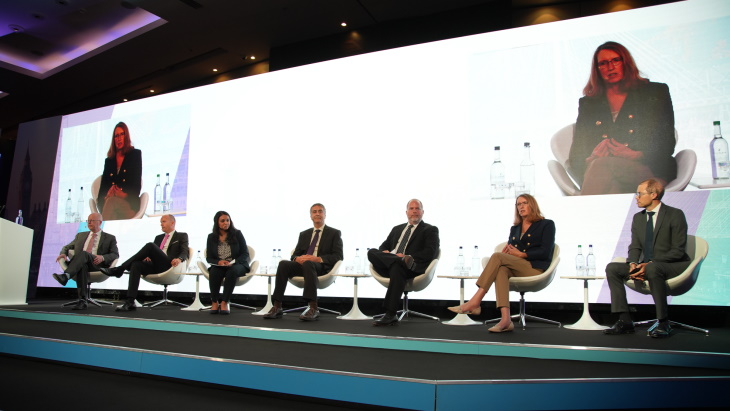 The panel (Image: World Nuclear Association)
The panel (Image: World Nuclear Association).jpg?ext=.jpg) The Piketon centrifuge cascade (Image: Centrus)
The Piketon centrifuge cascade (Image: Centrus).jpg?ext=.jpg) (Image: Chubu)
(Image: Chubu).jpg?ext=.jpg) Federal Research Minister Bettina Stark-Watzinger (Image: BMBF/Hans-Joachim Rickel)
Federal Research Minister Bettina Stark-Watzinger (Image: BMBF/Hans-Joachim Rickel).jpg?ext=.jpg) Kerry made the announcements at the summit in Bucharest (Image: @ClimateEnvoy)
Kerry made the announcements at the summit in Bucharest (Image: @ClimateEnvoy).jpg?ext=.jpg) Bruce Power staff carried out the grid synchronisation on 8 September (Image: Bruce Power)
Bruce Power staff carried out the grid synchronisation on 8 September (Image: Bruce Power)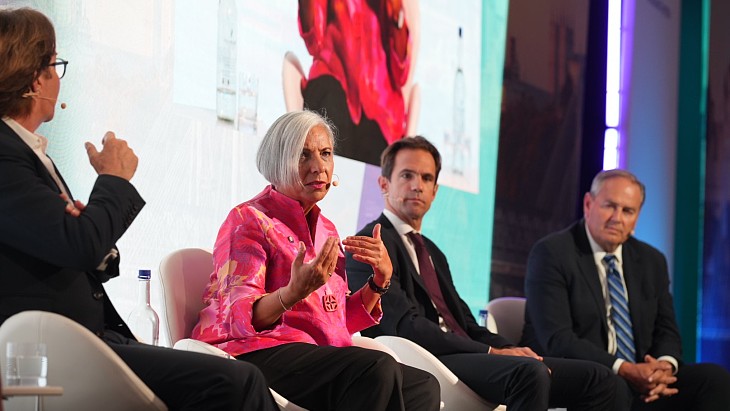 Rumina Velshi, centre, with Thomas Branche and Tim Gitzel, right (Image: World Nuclear Association)
Rumina Velshi, centre, with Thomas Branche and Tim Gitzel, right (Image: World Nuclear Association)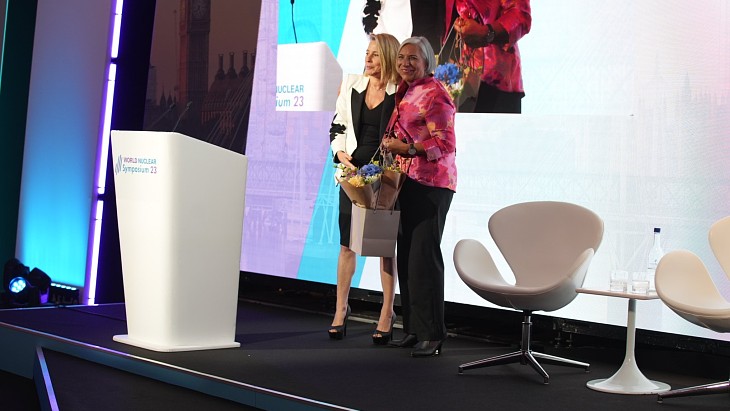
 (Image: World Nuclear Association)
(Image: World Nuclear Association)